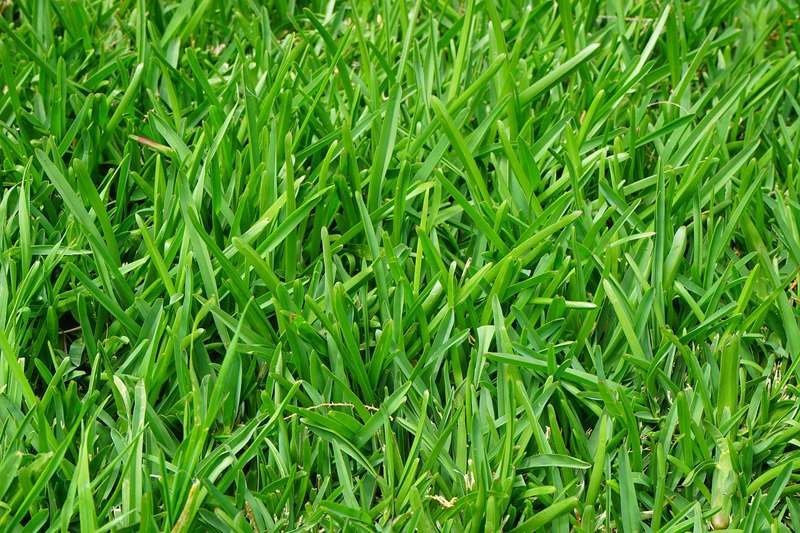
MANHATTAN – One of Kansas’ most popular grasses may need some attention in September.
Tall fescue – a common cool-season variety – should be over-seeded sometime in the next few weeks, particularly if the lawn has become thin over the summer.
Kansas State University horticulture expert Ward Upham said that good contact between grass seed and the soil “is vital if the overseeding is to be successful.”
“Start by mowing the grass short (1 to 1 ½ inches) and remove the clippings,” Upham said. “This will make it easier to achieve good seed-soil contact and increase the amount of light that will reach the young seedlings.”
Next, remove excess thatch in the lawn. Thatch is the organic layer of dead and living shoots, stems and roots that develops between the green vegetation and the soil surface.
“Excess thatch can prevent the seed from reaching the soil and germinating,” Upham said. “Normally, we want ¼ inch of thatch or less when overseeding. If the thatch layer is ¾ inch or more, it is usually easiest to use a sod cutter to remove it and start over with a new lawn.”
Otherwise, Upham added, use a power rake to reduce the thatch layer.
Then, Upham suggests one of three methods to prepare the soil for seeding:
●A verticut machine has solid vertical blades that can be set to cut furrows in the soil.
●A slit seeder is a type of verticut machine that can prep the soil and drop seeds in the same pass.
●A core aerator punches holes in the soil and deposits the soil cores on the surface of the ground. “Each hole produces an excellent environment for seed germination and growth,” Upham said. “Go over the area three times to ensure there are enough holes to provide a good stand.”
“Of the three methods, I prefer the slit seeding for obtaining good seed/soil contact,” Upham said. “However, if watering is difficult, core aeration may be a better option. Regardless of the method used, fertilizer should be applied at the rate suggested by a soil test, or a starter fertilizer should be used at the rate suggested on the bag.”
Cool-season grasses need a boost
Upham said whether seeding a cool-season grass or not, they need to be fertilized in September.
“If you could only fertilize your cool-season grasses once per year, this would be the best time to do it,” he said.
“These grasses are entering their fall growth cycle as days shorten and temperatures moderate, especially at night. Cool-season grasses naturally thicken up in the fall by tillering (forming new shoots at the base of existing plants) and – for bluegrass – spreading by underground stems called rhizomes.”
Upham recommends applying 1 to ½ pounds of fertilizer for 1,000 square feet. He said the settings recommended on most fertilizer bags usually result in about 1 pound of nitrogen per 1,000 square feet.
“We recommend a quick-release source of nitrogen at this time,” Upham said. “Most fertilizers sold in garden centers and department stores contain either quick-release nitrogen or a mixture of quick- and slow-release.”
Upham said fertilizing again in November will help the grass green up earlier next spring and provide nutrients the turf needs until summer.
Upham and his colleagues in K-State’s Department of Horticulture and Natural Resources produce a weekly Horticulture Newsletter with tips for maintaining home landscapes. The newsletter is available to view online or can be delivered by email each week.
Interested persons can also send their garden- and yard-related questions to Upham at [email protected], or contact your local K-State Research and Extension office.





